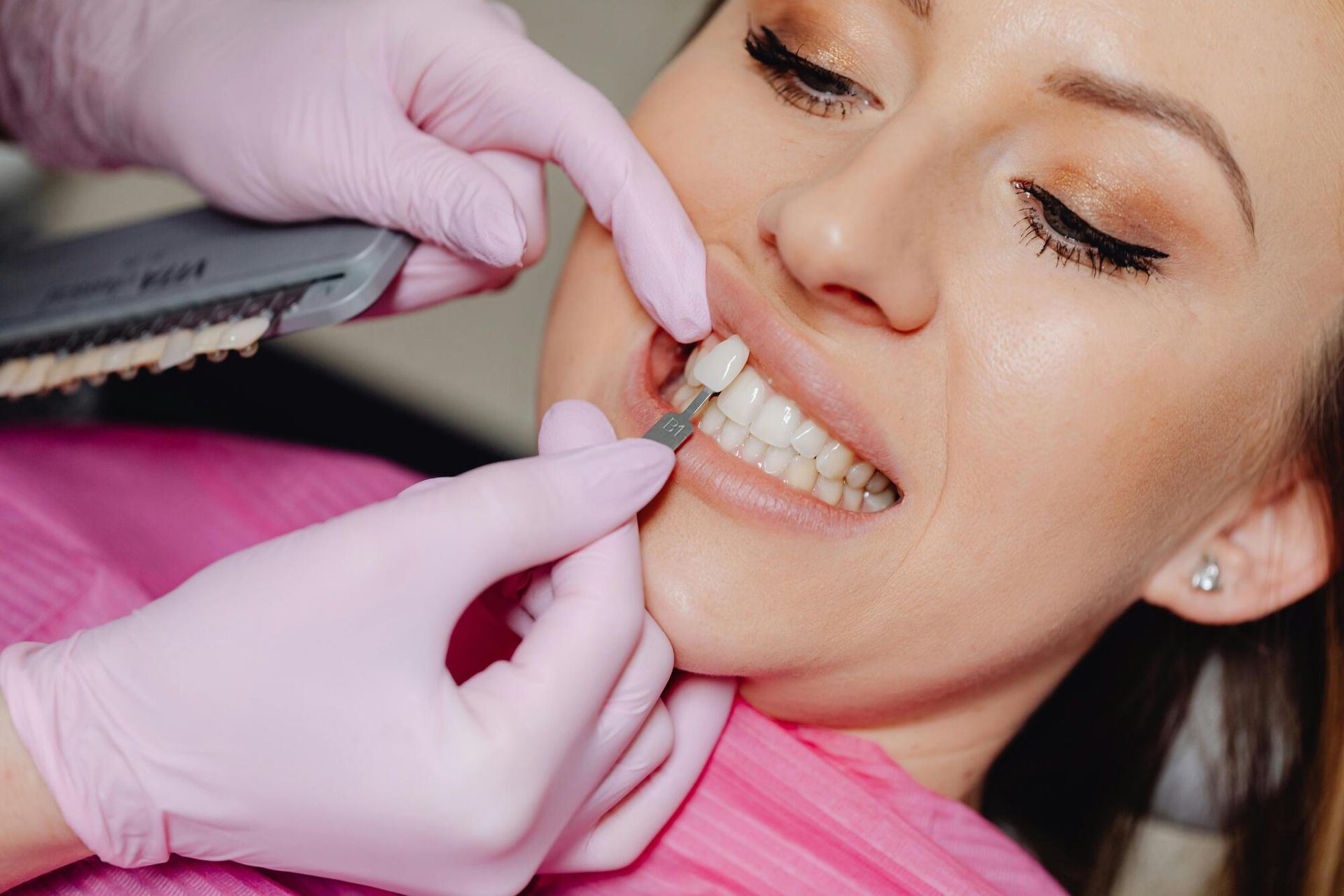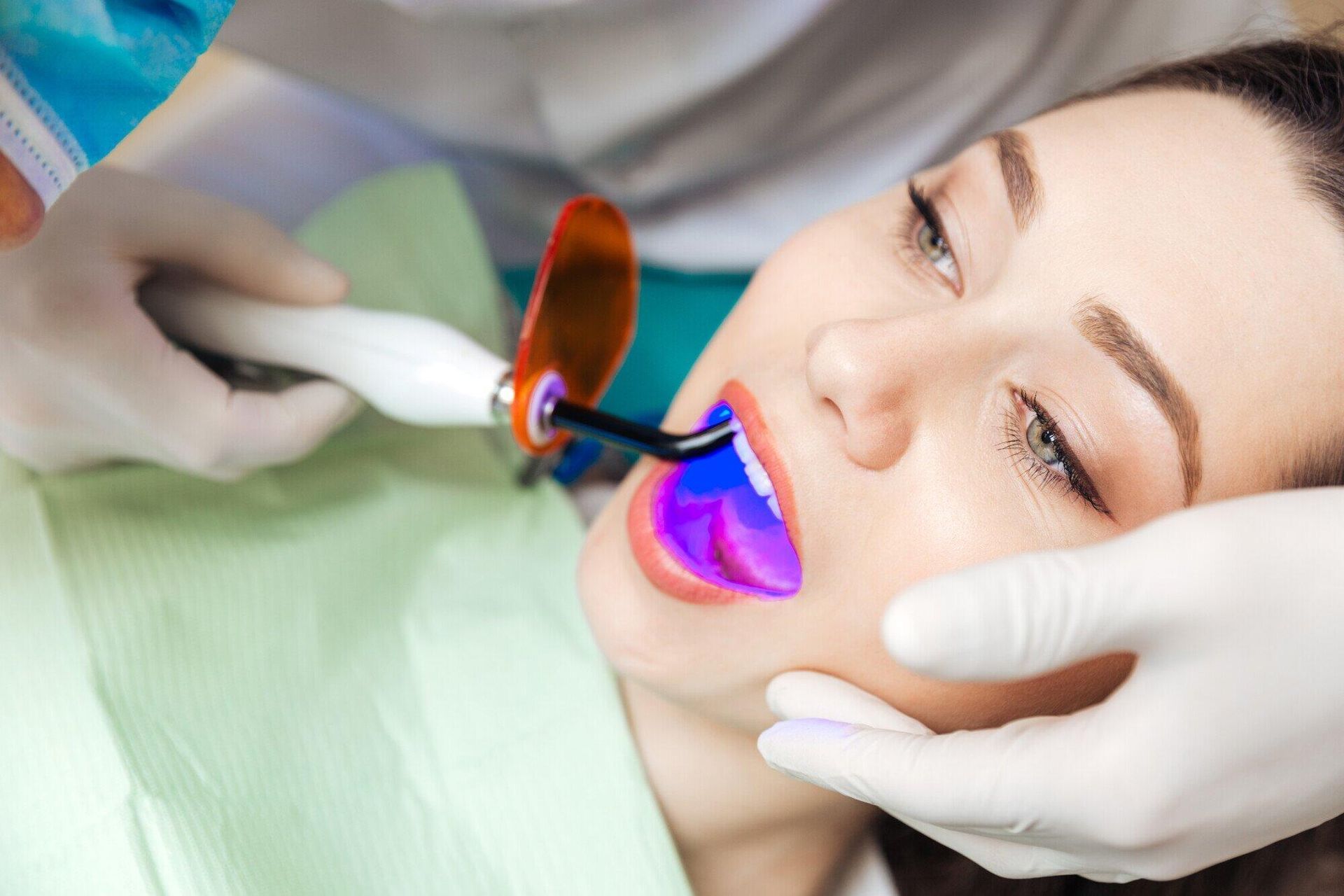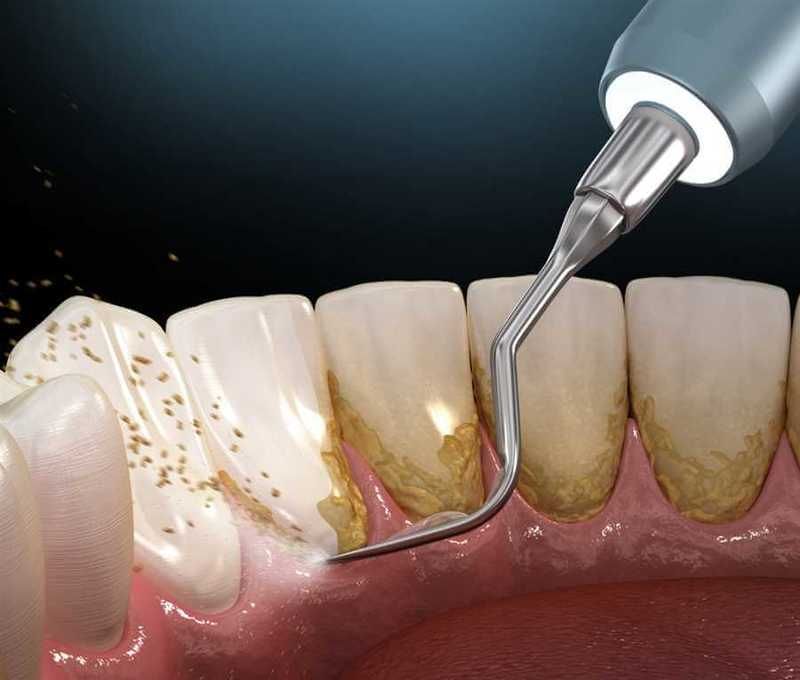Understanding How Cavities Form
It’s a topic that affects nearly everyone at some point in their lives – cavities. These tiny, seemingly harmless holes in our teeth can lead to significant discomfort and dental issues if left untreated. In this blog from La Jolla Dental Image, we’ll unravel the intricate process of cavity formation, explore the anatomy of a tooth, and discuss effective strategies to keep your smile healthy and holiday-ready.
The Anatomy Of A Tooth
In order to understand how cavities form, it’s essential to grasp the basic anatomy of a tooth. Teeth consist of multiple layers, each playing a crucial role in maintaining their structural integrity.
- Enamel: The outermost layer of a tooth is the enamel, often referred to as the tooth’s protective shield. Composed mainly of minerals like hydroxyapatite, enamel is the hardest substance in the human body. Despite its robust nature, enamel is susceptible to erosion and decay when exposed to acidic substances and poor oral hygiene.
- Dentin: Beneath the enamel lies dentin, a softer and porous tissue. Dentin contains tiny tubes that connect to the nerve center of the tooth, known as the pulp. If enamel erosion progresses, these tubules can transmit external stimuli, causing sensitivity and discomfort.
- Pulp:The pulp, located at the core of the tooth, houses blood vessels, nerves, and connective tissues. Any breach in the enamel and dentin allows bacteria to infiltrate the pulp, leading to inflammation, pain, and potential infection.
How Do Cavities Form?
Cavities, also known formally as dental caries, result from a complex interplay of factors, primarily involving bacteria, carbohydrates, and tooth structure. The process unfolds in several stages:
- Plaque Formation: Our mouths harbor a diverse microbial community, and when we consume sugars and starches, bacteria in the mouth feed on these carbohydrates. The byproduct of this feasting is the formation of plaque, a sticky film that adheres to the tooth’s surface.
- Acid Production:Bacteria in plaque metabolize sugars and produce acid as a waste product. This acid lowers the pH in the oral environment, creating an acidic milieu that erodes enamel over time.
- Enamel Demineralization: The acid weakens the minerals in the enamel, leading to demineralization. At this stage, the enamel surface may appear intact, but microscopic changes are occurring, setting the stage for cavity development.
- Cavity Formation: As demineralization progresses, the enamel eventually breaks down, forming a cavity. Once the cavity penetrates the dentin, the process accelerates, and the tooth’s structural integrity is compromised.
How Can We Prevent Cavities?
By understanding and learning about the intricate process of cavity formation and adopting preventive measures, we can empower ourselves to maintain healthy, resilient smiles.
- Maintain Good Oral Hygiene: Regular brushing and flossing are the foundation of cavity prevention. Brushing removes plaque from the tooth surfaces, while flossing reaches areas between teeth where a toothbrush may not effectively clean, so don’t forget to brush twice a day and floss at least once.
- Limit Sugar Intake: Since cavity-causing bacteria thrive on sugars, reducing sugar intake can starve them and limit plaque formation. Be mindful of hidden sugars in processed foods and beverages. Be sure to drink water to help rinse away sugars after indulging in any sweet treats.
- Fluoride: Fluoride, a mineral that strengthens enamel, is a powerful ally in cavity prevention. Use fluoride toothpaste and consider fluoride treatments if recommended by your dentist.
- Regular Dental Check-ups: Professional dental cleanings and check-ups are crucial for detecting early signs of cavity formation. Your dentist can provide personalized advice on oral care and address emerging issues promptly. It’s a good practice to schedule a dentist’s check-up twice year, or once every six months.
Children and Cavity Prevention
If you are a parent, older sibling, aunt, or uncle, it’s important to help your children and younger family members prevent tooth decay for healthy smiles. Assisting children with good dental hygiene not only establishes a strong foundation for their oral health but also cultivates a positive attitude towards self-care.
Parents and caregivers serve as role models, and their active involvement in teaching and supervising dental routines fosters a sense of responsibility and discipline in children. By making dental care a collaborative and enjoyable experience, parents can instill habits that extend beyond childhood, promoting a lifetime of good oral health practices. Moreover, preventing dental issues early on reduces the likelihood of more serious problems in the future, emphasizing the long-term benefits of the time and effort invested in helping children develop and maintain excellent dental hygiene habits.
Your Dental Care Provider In San Diego County
At La Jolla Dental Image, your oral health and satisfaction are at the heart of our mission. Whether you’re considering Invisalign, dental implants, cosmetic dentistry, or any of our other dental services, we are here to provide you with exceptional care in a warm and welcoming environment. Dr. Hamidy’s expertise, combined with our commitment to patient education and the latest advancements in dentistry, allows us to deliver the highest standard of dental care to the La Jolla, San Diego County, and UCSD community. To make an appointment, call (858) 202-0481 today.











